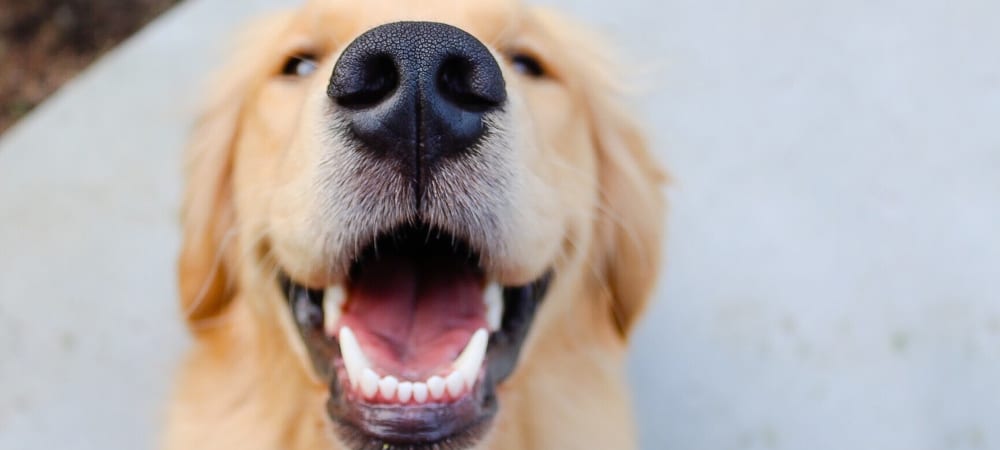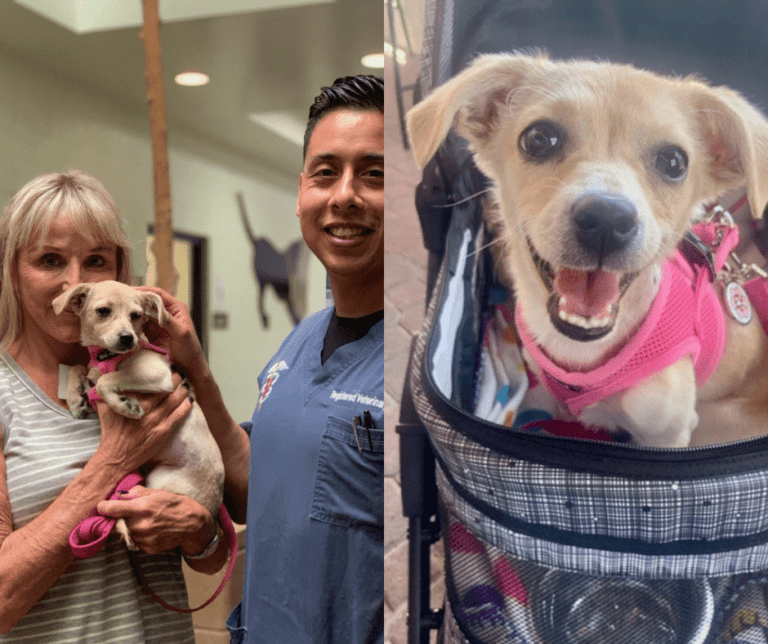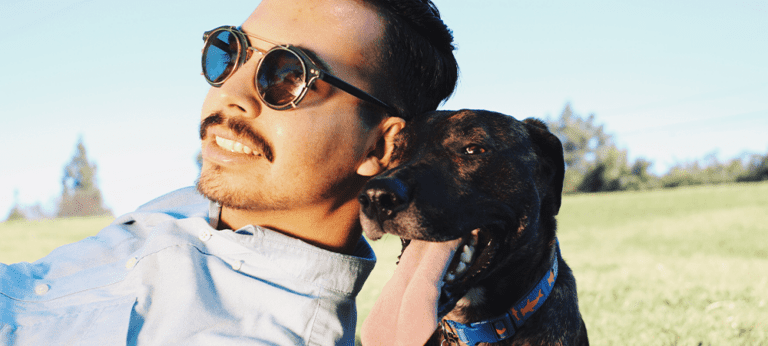How to Socialize a Dog


Maybe you just got a new puppy and you want to make sure he or she grows up to be happy and well-adjusted. Or maybe you’ve just adopted an older dog and they’re… well… not exactly the most outgoing or friendliest companion. If your dog freaks out every time a dump truck drives by or breaks into a run when he sees another dog, it might mean your dog is in need of some much-needed socialization.
It’s not uncommon for dogs who have been at shelters and rescues for a long time to need a little tune-up in the socialization department. Likewise, puppies are just puppies and don’t know any better. Bite another dog’s ear? Why not? It’s fun!
What Dog Socialization Means
Socializing your pet means introducing them to a variety of people, places and things so that they are brave and happy animals in a variety of situations. The easiest time to socialize a dog is when he or she is a puppy; this way they grow up to be confident adults. If you have a puppy, begin the socialization process between 3 and 20 weeks of age. Don’t despair if your animal is grown up and still not socialized. It is still possible to grow your dog’s confidence and socialization skills with patience!
Introducing People
One important part of socializing your pet is making sure they’re comfortable around new people. Introduce your pet to a wide range of people of all genders, ages, sizes and races.
When introducing your dog to a new person, it’s best to take it slow. Watch the little ones especially; they love dogs and tend to attack them with love right off the bat! This can scare a puppy or even a dog who’s never encountered a kid before.
Bonding with a dog takes anywhere from a couple seconds to a couple weeks. Let the dog approach you, not vice versa, and use plenty of treats to encourage a positive interaction. Once your pet is comfortable around people, it’s time to make them calm while being handled. This skill is important for grooming, trips to the vet and cuddling. Touch your dog’s ears, paws and tail and reward them with treats for good behavior.
Introducing Places
As with introducing your dog to new people, it’s also good to take things slow when introducing your animal to new places. When you first take your animal home, give them a small space to call their own. For dogs, this might be a bed or crate. Then slowly expose them to more space around the house. When they’re comfortable in your home, try going for a walk somewhere quiet or going on a trip to a friend’s house.
Introducing Things
You’d be surprised what can scare an unsuspecting dog. Introduce your animal to a wide range of objects. Again, take it slow and don’t introduce them to too many things at once. Otherwise they’ll go into sensory overload. Play music for your pets or turn on the TV or vacuum — just don’t do it at the same time! Any objects that present your animal with new sounds, sights or smells are useful learning experiences.
Introducing Other Animals
Lastly, you’ll want to introduce your dog to other animals. Choose friendly, easy-going animals to begin the socialization process so the experience is a positive one. When introducing two dogs, have them meet on neutral territory, such as a sidewalk. Have them go on a leashed walk together before letting them stop and sniff each other.
With cats, keep your dog on a leash and observe both animals closely as you introduce them. The experience might be more stressful for the cat, even a laid-back one, than on your dog, that’s why keeping a close eye and a leash in hand is key. Once they seem comfortable with one another, and your dog doesn’t seem threatened or overly excited by the cat, remove your dog’s leash and continue to observe. Again, reward pets with treats for good behavior!
Socializing your dog is crucial for their mental health and yours. A highly socialized dog will be able to adapt to a variety of situations, like traveling or having guests come over to the house. If you’ve tried your best and your dog is still acting aggressive, shy or scared, try a professional resource. They can work with you and your dog to instill the skills needed to ensure your dog is happy and well adjusted.



